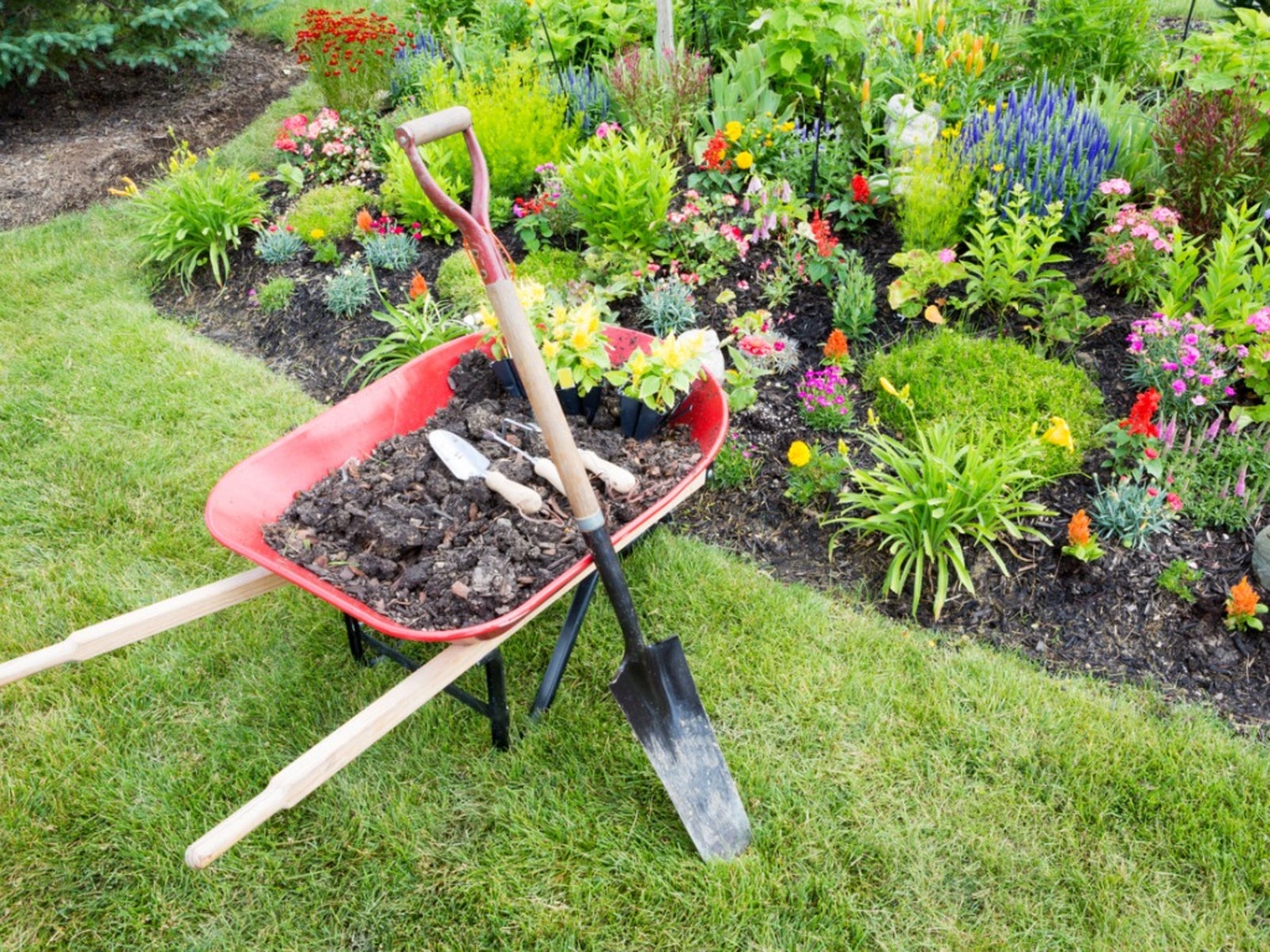What Is A Transplant Spade: Using Transplant Spades In The Garden


Almost every gardener has a shovel, and probably a trowel too. While you can get a long way with a few simple tools, it’s sometimes nice to have the perfect utensil for the job. One such item is the transplant spade. Keep reading to learn more about how and when to use a transplant spade in the garden.
What is a Transplant Spade?
A transplant spade looks a lot like a modified shovel. It has a long handle that makes it easy to use from a standing position. Instead of being wide and tapered for moving soil, however, the blade is slender, long, and the same width all the way down. Rather than coming to a point, the bottom of the blade often has a gentler curve to it. This shape is intended to penetrate the soil rather than move it, creating a trench of loosened soil around the plant that’s going to be transplanted.
When to Use a Transplant Spade
Transplant spades are ideal for deep-rooted shrubs and perennials. Using transplanting spades on smaller plants isn’t unheard of, of course, and if you want to move your annuals or shallow-rooted perennials with it, there’s no reason not to. The key, however, is in the extra depth you can get with its long, narrow shape. Transplant spades are designed for digging a ring almost straight down around a root ball and then leveraging it out of the ground. They can be used to loosen the soil in the new transplant location. They also work well for dividing plants in order to separate and transplant them. Simply position the bottom of the blade at the point you want to divide and press straight down – you should get a clean cut through the root ball that you can then lever out of the ground.
Gardening tips, videos, info and more delivered right to your inbox!
Sign up for the Gardening Know How newsletter today and receive a free copy of our e-book "How to Grow Delicious Tomatoes".

The only child of a horticulturist and an English teacher, Liz Baessler was destined to become a gardening editor. She has been with Gardening Know how since 2015, and a Senior Editor since 2020. She holds a BA in English from Brandeis University and an MA in English from the University of Geneva, Switzerland. After years of gardening in containers and community garden plots, she finally has a backyard of her own, which she is systematically filling with vegetables and flowers.